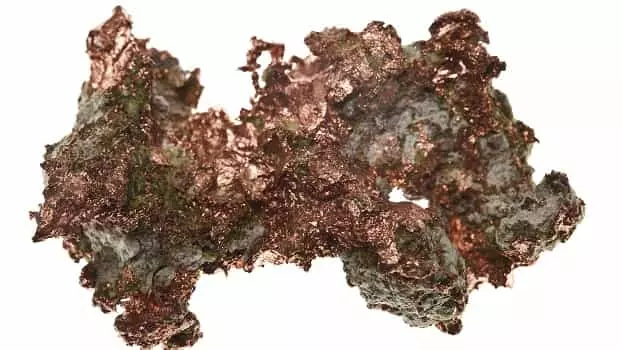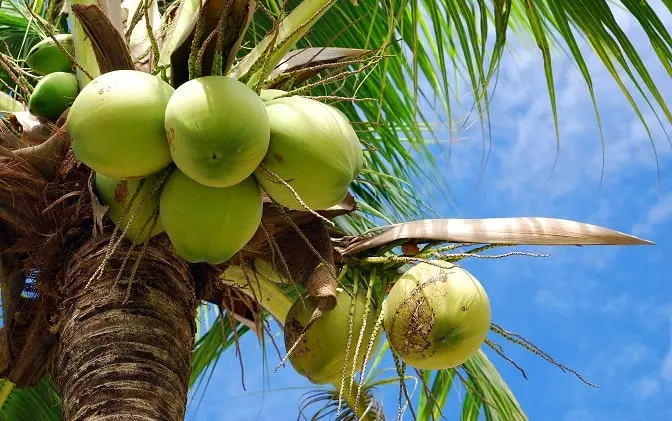What is the world’s tastiest, juiciest, and most nutritious fruit in the world? Well, most of you would say it is Mango, which is true to some extent. In terms of taste, no other fruit is comparable to Mango. That’s the reason, it is called the “King Of All Fruits.” It is believed that Mango originated in India, and its history goes as old as 5000 years. As of now, Mango has become the most popular fruit in the entire world, and now many countries are performing the in-house production of mangoes on a huge scale. Since mango is a seasonal fruit, the demand for mango rises incredibly from May through September.
And thankfully, most Asian countries are maintaining supply to meet global demand, so you won’t be craving mangoes too much during the season’s peak. As you may already know, India is the largest producer of mango in the world, and the quality, as well as the taste, is top-notch as always. But what are the other countries that contribute to the overall global mango production of the world? Today we’ll be going to take a look at the top 10 largest producers of mango in the world. So stay tuned and keep reading this post till the end because a lot of interesting data regarding mango production is waiting for you below. Let’s get going now. Shall we?
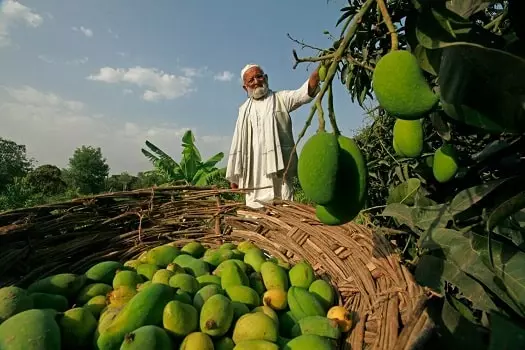
Top Countries for Mango Production in World
1. India

When it comes to the tastiest and juiciest mangoes in the world, no other country can compete with India. According to Wikipedia, India produced well over 24 million tonnes of mangoes in the year 2020, but that number dipped a considerable amount the year after that. In 2021, India produced just 18.4 million tonnes of mangoes, and the reason behind that is the abnormal weather conditions. The largest mango-producing regions in India are Andhra Pradesh, Uttar Pradesh, Karnataka, Bihar, Gujarat, Telangana, and a few others.
In UP or Uttar Pradesh alone, the mango production rate decreased up to 80% last year because of the abnormal weather conditions, which ultimately resulted in a considerable decrease in the overall mango production of the entire nation. Despite that, India is still considered the largest producer of mango in the entire world, and it is very hard for any other country to surpass India, even in the coming 10 years.
2. China (Under One China Policy)
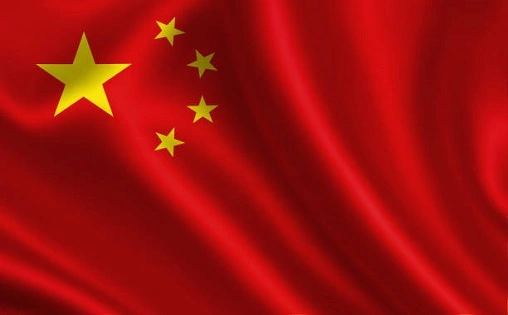
Under the one-China policy, Taiwan is also considered a part of China, however, Taiwan has stated itself as an independent country. If we were to exclude Taiwan’s mango production, then China would be the 4th or 5th largest mango producer. But under the one-China policy, China’s total mango production is close to 4.7 million tonnes every year. Mostly the mango crops are cultivated in the southern region of China because the weather conditions and temperature is perfect there. China’s total mango production is steadily increasing every year, but still, it would take China decades to surpass India.
3. Thailand
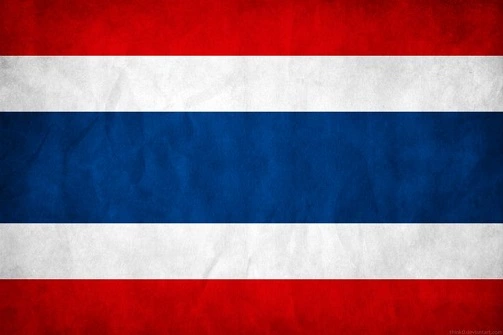
When you check out the list of largest mango producers in the world from the year 2018 or before, you won’t find Thailand’s name on most of the list. It was in 2020 when Thailand picked up in terms of overall mango production, and in the last year, Thailand managed to produce well over 3.63 million tonnes of mangoes. Most of which were exported to other countries to fulfill the global demand for mangoes. Thailand’s mangoes are comparatively bigger in size than other countries. In the Western and European countries, there’s high demand for mangoes imported from Thailand.
4. Mexico
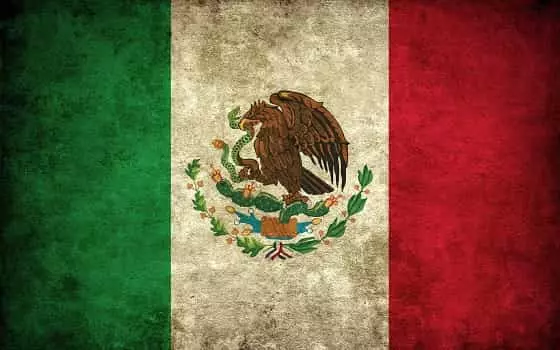
The United States of America and Canada import mangoes mostly from Mexico, however, the Asian countries are still the biggest exporters to the West. Mexico has been quite steady at producing millions of tonnes of mangoes every year. In the year 2020-21, Mexico alone produced well over 2.5 million tonnes of mangoes, and a huge portion of that was exported to other countries for profit. The total production amount was 2.64 million tonnes to be precise. It is quite possible that in just a few years, Mexico surpasses Thailand and becomes the 3rd largest mango producer in the world once again.
5. Indonesia
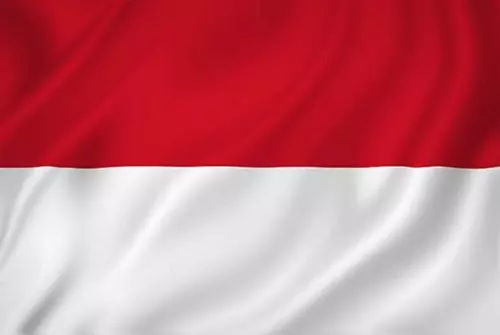
Indonesia is for sure the land of fruits, and Indonesian mangoes have a huge demand in the international market. To fulfill such high demand, Indonesia produces more than two million tonnes of mangoes every year consistently. It was just the last year when Indonesia touched the peak production of mangoes by producing nearly 2.26 million tonnes in one financial year. In the local markets of Indonesia, there’s a high demand for local mangoes, thus, a huge portion of it is sold in the local markets. However, Indonesia also exports a good amount to other countries to fulfill the global demand as well.
6. Pakistan

Despite being a fairly small country as compared to China, India, and Mexico, Pakistan’s mango production is quite impressive. Mango production is a beneficial sector for many farmers in Pakistan, and they earn good profits by selling their mangoes to foreign countries. And when it comes to the juiciest mangoes in the world, you’d definitely find Pakistan’s name in the top 5 of the list. Pakistan has been quite consistent at producing over 2 million tonnes of mangoes every year, since the weather conditions are somewhat good for the growth of mango trees. In the year 2020-21, Pakistan produced around 2.14 million tonnes of mangoes, most of which were exported to other countries.
7. Brazil
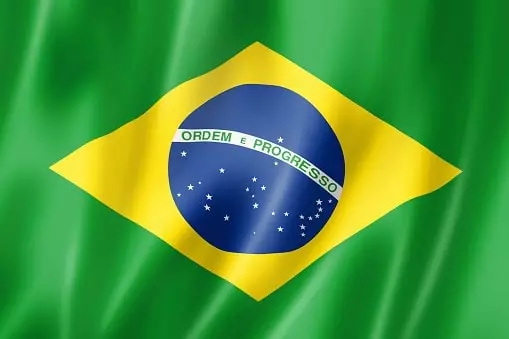
From the seventh rank in this list, the mango production dips a lot, and below this rank, there are countries that produce mangoes below the 2 million tonnes mark. Brazil ranks in the seventh spot when it comes to the top 10 largest mango producers in the world. Last year, Brazil achieved an impressive mark in mango production by producing more than 1.5 million tonnes of mangoes in one financial year. If we were to be precise about the mango production in Brazil, then the actual number is anywhere near 1.623 million tonnes.
8. Egypt

Egypt doesn’t seem like a country that has suitable weather conditions for the cultivation of mangoes. Right? Well, you’ll be surprised by the fact that Egypt grows more than 200 varieties of mangoes. If that wasn’t enough to surprise you, then we’d like to tell you that last year, Egypt produced more than a million tonnes of mangoes in-house. The total production count was nearly 1.33 million tonnes in the year 2021.
9. Bangladesh
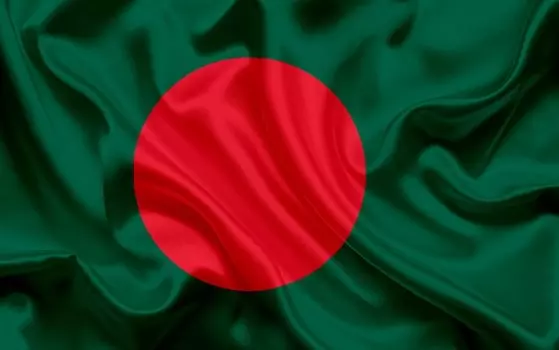
The acreage is quite less in Bangladesh for mango production, but still, the production was around 1.1 million tonnes last year. That seems like an incredible acreage-to-production ratio. Right? Well, based on the acreage-to-production ratio, we could easily add Bangladesh to the top 3 mango producers in the world. However, Bangladesh isn’t very far behind countries like Egypt, and Brazil in terms of annual mango production. It is quite possible that you may see Bangladesh ranking up higher on this list within 5 years or so.
10. Nigeria

Despite being a lower economic country as compared to others in this list, Nigeria is a great place where many sectors have been thriving in the last few years. Similarly, there’s quite a good demand for Nigeria’s mangoes in the international market. And to keep up with such high demand, Nigeria is producing well over 900 thousand tonnes of mangoes every year. In just last year, Nigeria produced 928 thousand tonnes of mangoes, and it shouldn’t surprise you if Nigeria surpasses the 1 million tonnes production mark in just a few years.
Final Thoughts
Alright, these were the top 10 largest producers of mango in the world for 2022. And these top countries make up more than 80% of total mango production in the world. If these countries don’t keep up the production with the rising demand for mangoes across the nations, then you’d definitely experience a shortage of mangoes and price hikes in the market.
Mango Production FAQs
Q. Where are mangoes grown?
Ans: Mangoes are grown in many countries around the world, but they thrive in tropical and subtropical regions. Major mango-producing countries include India, China, Thailand, Indonesia, and Mexico.
Q. What are the different varieties of mangoes?
Ans: There are hundreds of mango varieties, each with its unique taste, texture, and appearance. Common varieties include Alphonso, Tommy Atkins, Kent, and Ataulfo, among others.
Q. How long does it take for a mango tree to bear fruit?
Ans: Mango trees typically start producing fruit 3 to 6 years after planting, depending on the variety and growing conditions. Some varieties may take longer.
Q. What are the key factors for successful mango production?
Ans: Successful mango production depends on factors like suitable climate, proper irrigation, soil quality, pest and disease management, and good agricultural practices. Pruning and thinning can also enhance yield.
Q. What is the best time to plant mango trees?
Ans: Mango trees are often planted during the rainy season when the soil is moist and there is ample moisture to support initial growth. However, they can be planted in well-drained soil any time of the year in tropical climates.
Q. How often should mango trees be watered?
Ans: Young mango trees require regular watering, but mature trees are drought-tolerant. The frequency of watering depends on soil type, weather conditions, and the tree’s age.
Q. What are common pests and diseases affecting mango trees?
Ans: Mango trees can be affected by pests like fruit flies, scales, and aphids, as well as diseases like anthracnose and powdery mildew. Integrated pest management (IPM) practices are often used for control.
Q. When is the mango harvesting season?
Ans: The mango harvesting season varies depending on the mango variety and the region. In many tropical areas, it typically occurs from April to September.
Q. How do you know when a mango is ripe?
Ans: Mangoes are usually ripe when they give slightly to gentle pressure and have a fragrant aroma near the stem. Skin color and firmness can also be indicators.
Q. What is the post-harvest handling of mangoes?
Ans: After harvesting, mangoes should be handled carefully to avoid bruising and damage. They are often washed, sorted, and packed in suitable containers for transportation.
Q. Can mangoes be grown organically?
Ans: Yes, mangoes can be grown using organic farming methods, which involve avoiding synthetic chemicals and pesticides. Organic practices focus on soil health and natural pest control.
Q. What is the shelf life of mangoes?
Ans: The shelf life of mangoes varies depending on factors like ripeness and storage conditions. Ripe mangoes can be stored for a few days in the refrigerator, while unripe ones can last longer.

